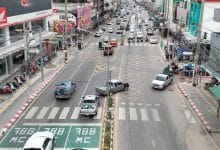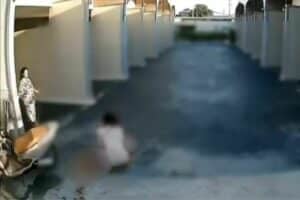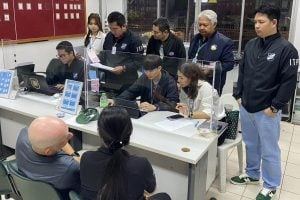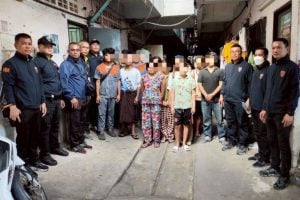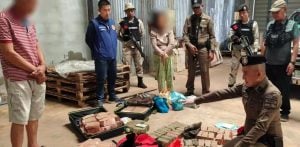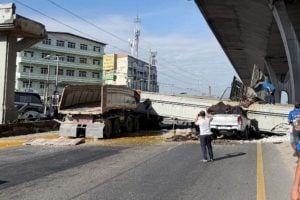How fragile are Thai roads?
Understanding the causes, risks, and public concerns behind Thailand’s fragile roads
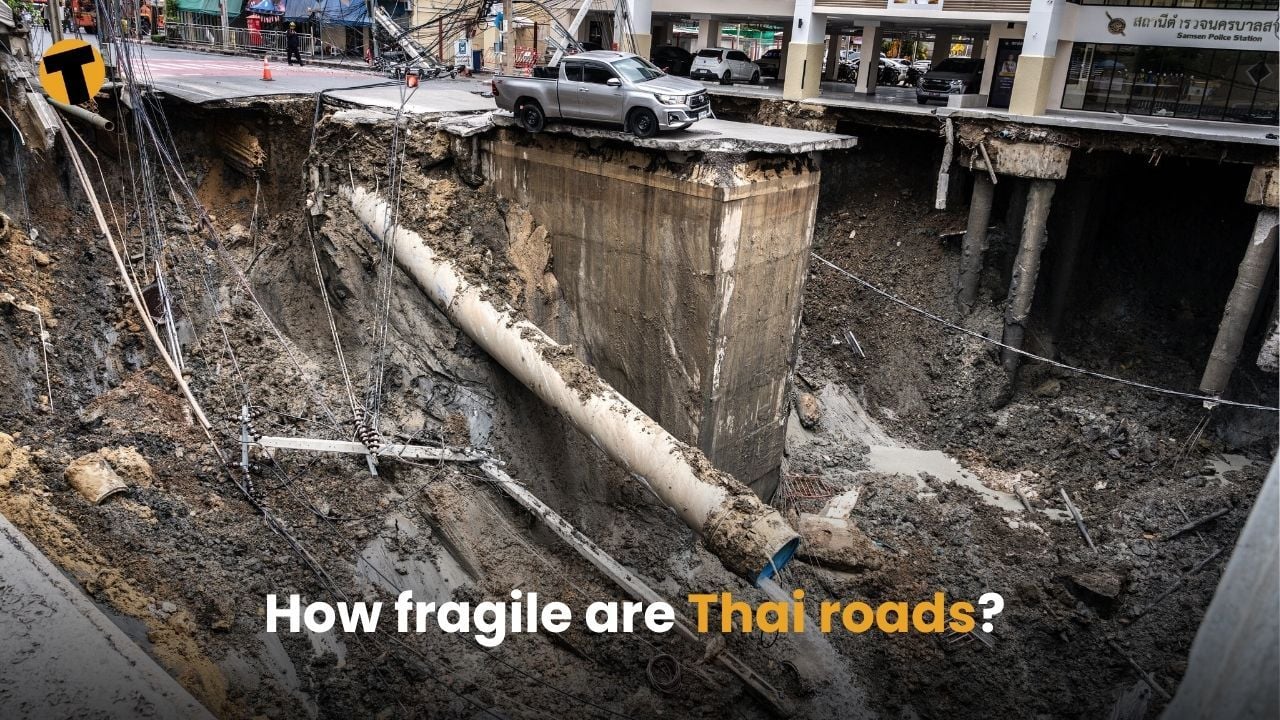
The Thaiger key takeaways
- Recent road collapses in Bangkok, including a sinkhole near Tao Poon MRT and Charoen Krung Road, highlight serious structural weaknesses.
- Monsoon rains, soft soil, poor drainage, and rapid urbanisation worsen road conditions, making accidents and damage more likely.
- Authorities promise inspections, improved drainage, and contractor accountability, but systemic infrastructure and planning issues remain unresolved
Thai roads may be the most important infrastructure that gets us anywhere but beneath the surface, many are cracking under pressure. From deepening potholes to dangerous collapses, the fragility of Thai roads, especially during the monsoon season, is quite a major concern.
In recent weeks, two high-profile cases have reignited public debate over Thai road safety and infrastructure maintenance. First, a sinkhole measuring 2 metres wide and 3 metres deep opened up near Tao Poon MRT Station on Pracharat Sai 2 Road in Bangkok. Then came the collapse of Charoen Krung Road about a week after.
How fragile are the Thai roads?
| Section (Click to jump) | Summary |
|---|---|
| Bangkok sinkhole and Charoen Krung Road collapse | Two major road collapses in Bangkok highlight structural weaknesses near the Purple MRT line and on Charoen Krung Road. |
| A recurring problem during the monsoon season | Heavy rainfall, soft soil, poor drainage, and dense traffic make roads prone to cracks, potholes, and collapses during the wet season. |
| Why does this keep happening? | Outdated materials, cost-cutting, corruption, and rapid urban growth make roads vulnerable to collapse under increasing traffic loads. |
| Public frustration and safety risks | Residents and motorists are increasingly concerned about accidents, near misses, and poor road conditions during heavy rain. |
| What’s being done? | BMA and MRTA promise inspections, drainage improvements, and contractor accountability, though systemic infrastructure issues remain. |
Bangkok sinkhole and Charoen Krung Road collapse
Within the span of a week, two roads have already collapsed.
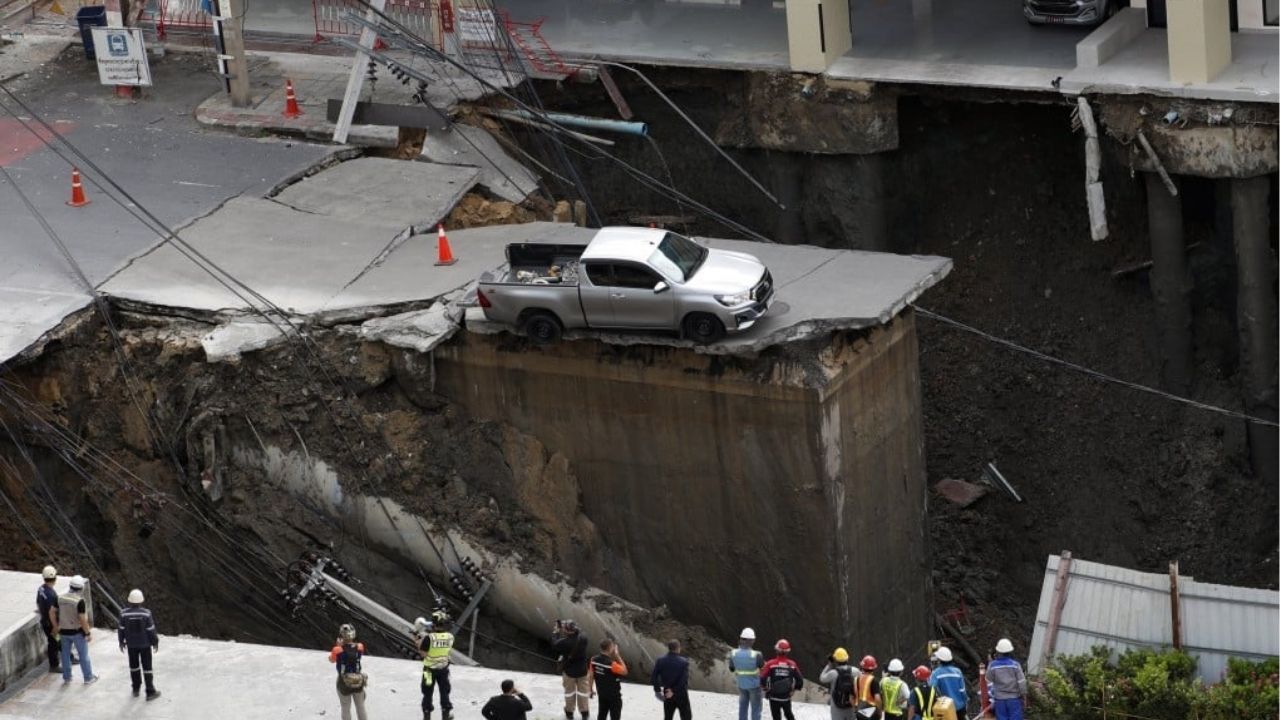
First of all, there is that sinkhole in Bangkok that has just occurred last week outside of Vajira Hospital. This was a massive collapse of the road that was partially caused by a myriad of factors but most commonly alluded to the weakening of the road during the construction for the Purple MRT line.
It is believed that the sinkhole on Samsen Road was caused by the weak points around the MRT line tunnel collection, where soil seeped through. The erosion led to the road collapsing, which pulled down cars, power poles, and water pipes, too.
Meanwhile, on Charoen Krung Road, one of Bangkok’s oldest and busiest streets, the road collapsed (on October 1), which caused traffic to be disrupted. The reasons for the road collapsing are still being investigated, but it is safe to assume that with the monsoon season, the rain destabilised the foundation of the road while the traffic placed pressure on it, which would have eventually caused it to buckle.
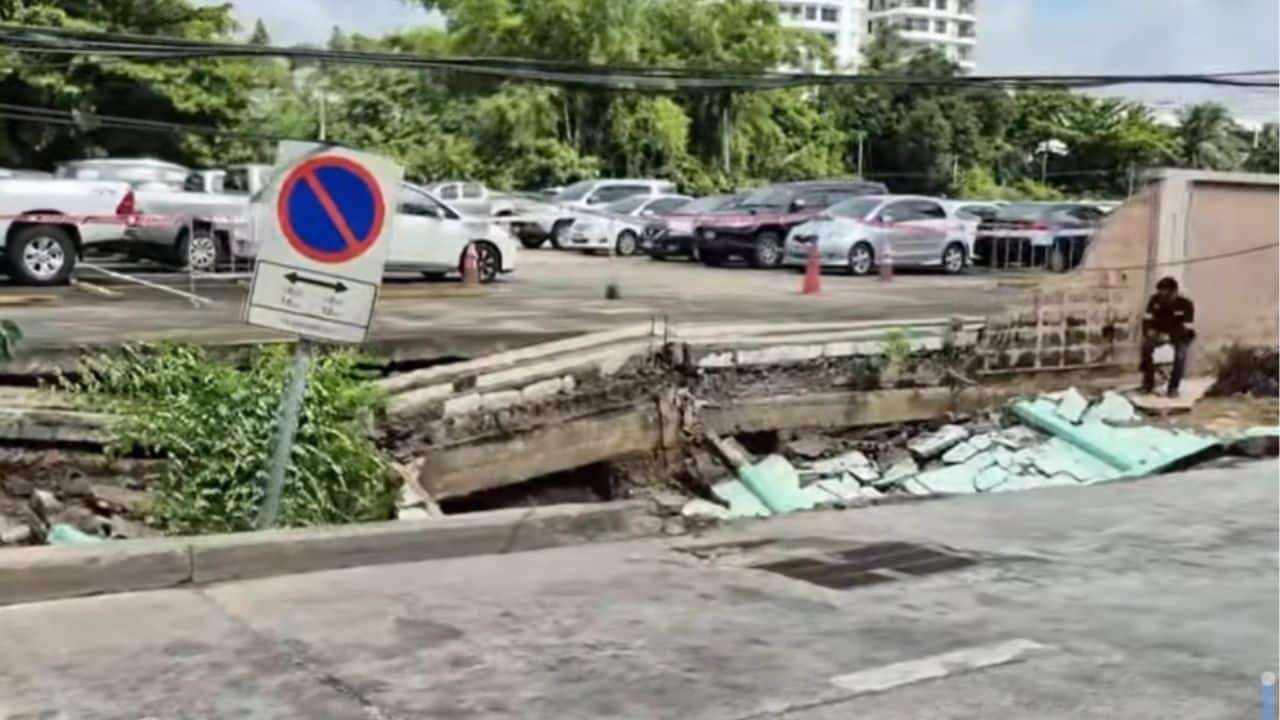
A recurring problem during the monsoon season
Thailand’s wet season often brings infrastructure issues to the surface quite literally. These two examples above have both occurred in Bangkok but poor road quality is not just an issue that is exclusive to the capital. However, the problem can be made worse by uncontrolled urban development, heavy rainfall, and poor drainage systems on top of dense population and traffic, which puts more wear on these roads..
At the same time, many roads, particularly in urban areas, are built over soft clay or reclaimed land. During the monsoon season, water infiltrates roadbeds, weakening their structural integrity and leading to surface cracks, potholes, or even full collapses. Without proper drainage or reinforcement, these issues build up silently until something gives.
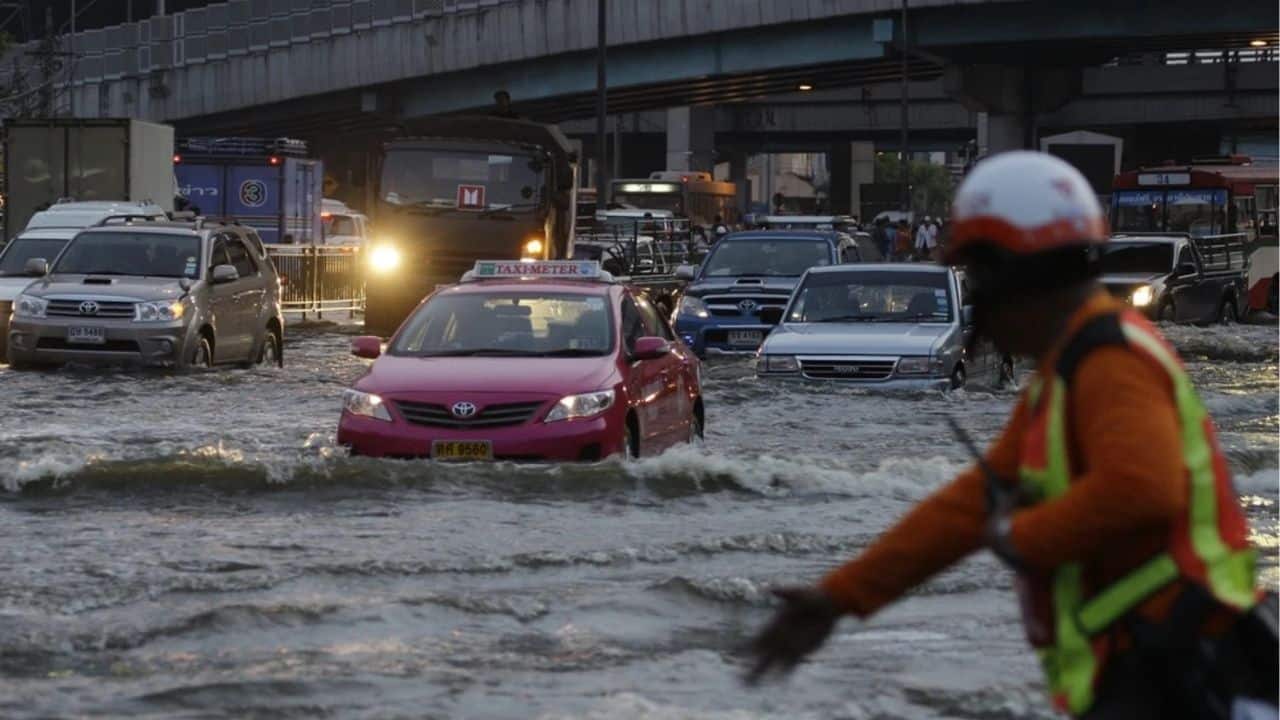
Why does this keep happening?
It’s not just the rain; outdated construction materials, cost-cutting in public works, and a lack of long-term planning also play a role. Corruption has also been cited as a major issue, with allegations that substandard materials are used during road construction and repairs, making them vulnerable to collapse within just a few years.
Moreover, Thailand’s rapid urban expansion, especially in areas like Bangkok, Chiang Mai, and Pattaya, has outpaced infrastructure upgrades. What were once quiet, residential lanes are now servicing tens of thousands of vehicles a day. Roads that weren’t designed for that volume of traffic are crumbling under the pressure.
Public frustration and safety risks
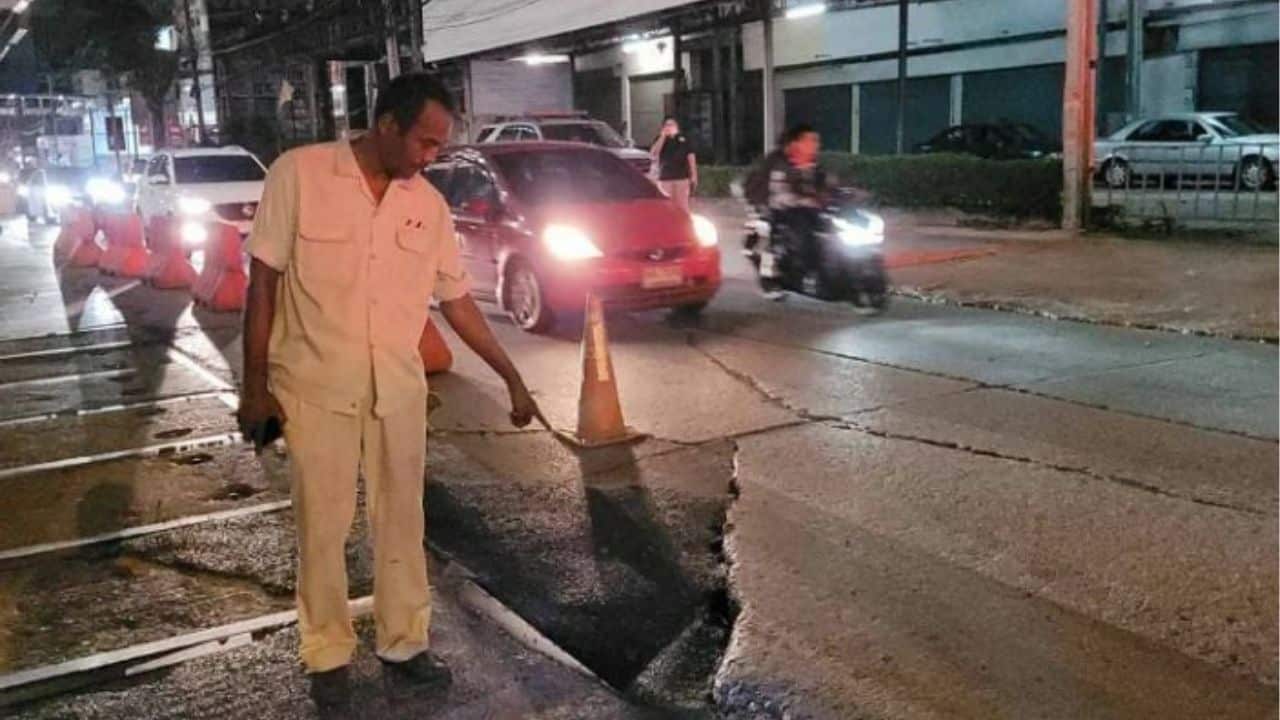
Motorists and pedestrians alike are becoming more vocal. Photos of pothole-ridden roads and near misses from road collapses flood social media every rainy season. Many residents feel they’re risking their lives navigating what should be basic infrastructure.
Calls for better transparency and quicker repairs are growing louder, especially in light of high-profile accidents linked to poor road conditions. In 2023, local media reported over 11,000 traffic accidents caused by potholes and road damage nationwide, most of them during or immediately after heavy rainfall.
What’s being done?
In response to recent events, the Bangkok Metropolitan Administration (BMA) and MRTA officials have promised more proactive inspections, improved drainage systems, and stricter contractor accountability. However, many remain sceptical. Promises of reform have come and gone, yet year after year, the Bangkok sinkhole becomes a symbol of deeper cracks in urban planning.
Meanwhile, officials have announced a review of other vulnerable zones like Din Daeng, Ratchada, and parts of Bang Khen, areas already flagged by urban engineers for similar risks.
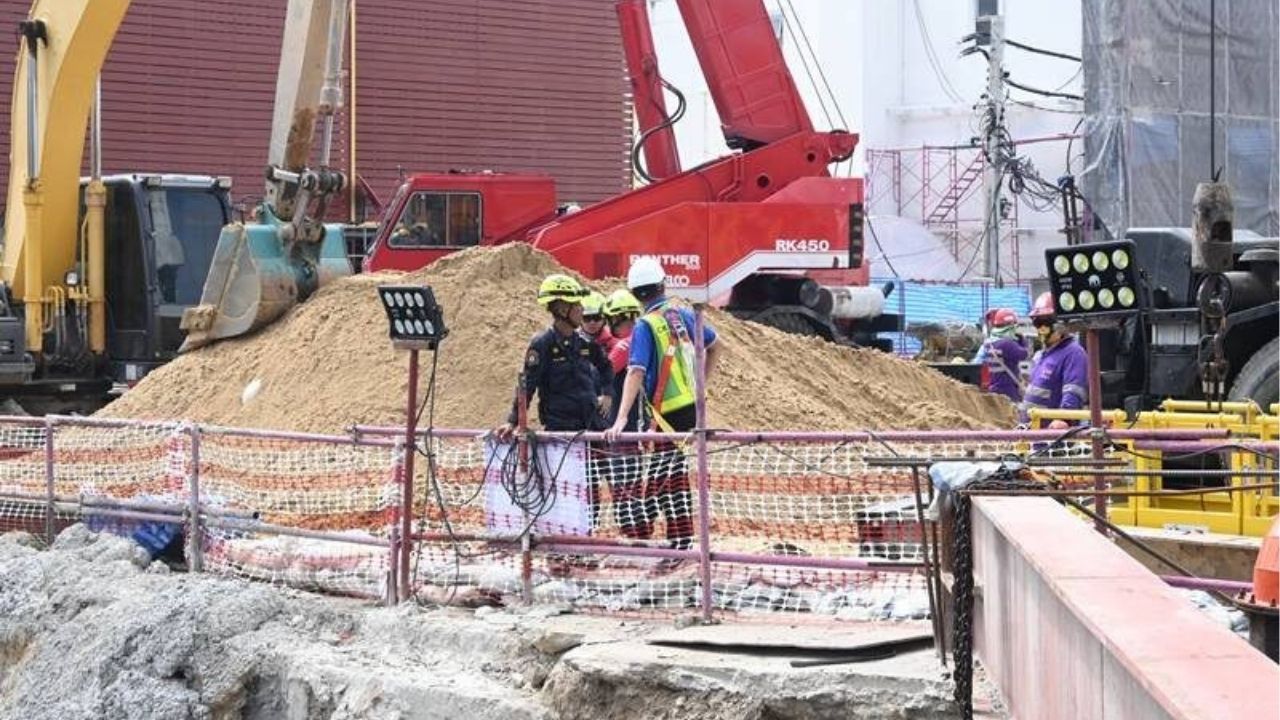
Thailand’s infrastructure issues are not isolated incidents. The Charoen Krung Road collapse and the Bangkok sinkhole reflect deeper systemic problems: outdated engineering, unchecked development, poor planning, and the punishing effects of seasonal monsoons. While authorities scramble to patch the latest holes, the real fix may require more than just concrete.
It may be time to ask not just how to fix the Thai roads but how to rebuild public trust in those responsible for them.
Latest Thailand News
Follow The Thaiger on Google News:

